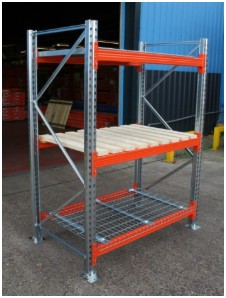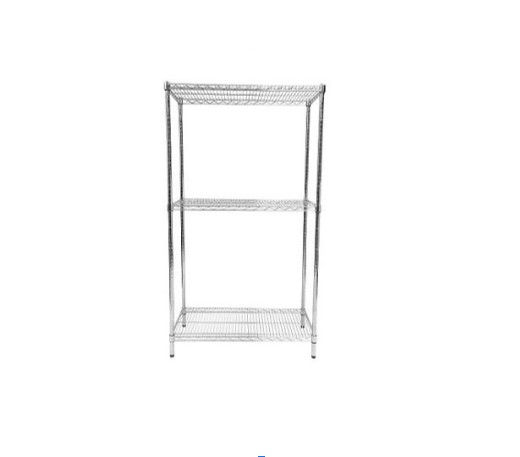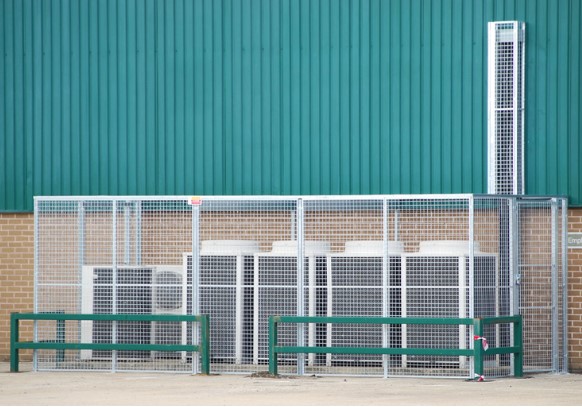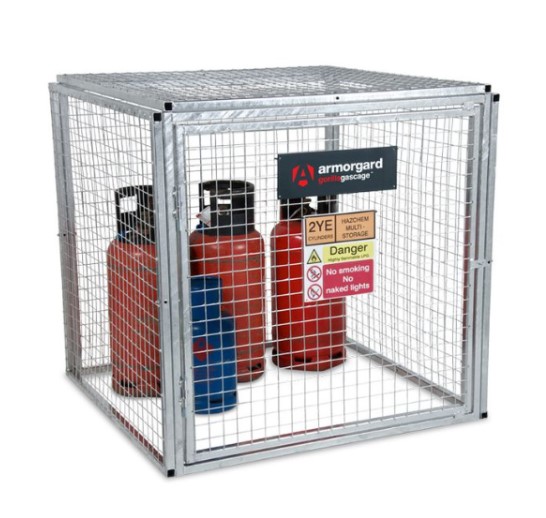How to Store and Handle Cylinders and Gas Bottles
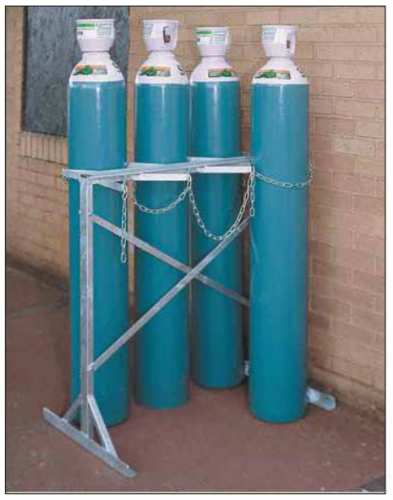
For those commercial premises and industrial manufacturers who need to store cylinders and gas bottles of hazardous substances, there are very strict rules concerning storage outlined by the Health and Safety Executive (HSE).
Here is a guide to the safe storage of such substances.
1) For suitable storage locations, small quantities of cylinders may be stored in a variety of locations on the premises, providing that the main principles given in the following paragraphs are followed.
2) For a larger quantity of cylinders, these should be kept in a secure, purpose-designed store or storage area, following the same principles.
3) Full or empty compressed gas cylinders should be stored in a well-ventilated area, preferably in the open and with some weather protection. Cylinders should be stored securely on a well-drained surface to prevent corrosion. They should also be stored in a location that is well away from any fire risk and out of the way of ignition and heat sources.
4) Cylinders should also be stored in an upright position and well secured to ensure that they do not fall over and that they are not free standing and therefore a hazard to users. Cylinders containing acetylene and propane must never be stacked horizontally in storage or in use.
5) Vertical cylinders should always be secured or under your direct control and do not leave free-standing cylinders unattended at any time. When standing cylinders be aware of the hazards of uneven, sloping, slippery and vibrating surfaces as well as any loose debris that may be present. Whenever possible use a cylinder trolley for transporting large cylinders.
6) All persons with a responsibility for storing or using gas cylinders should be familiar with the procedures to be followed in case of an emergency. Stores layouts and emergency procedures should be planned accordingly, recognising the possibility of an emergency arising.
7) Do not use compressed gas stores for other products such as corrosive liquids, paint or oil.
8) Do not store empty cylinders longer than necessary, particularly if you are storing cylinders containing flammable or toxic gases. You have an adequate amount of stock on your premises without stockpiling additional stores.
9) All persons handling gas cylinders will need to wear protective footwear and industrial gloves and avoid loose clothing, particularly sleeves which may catch on cylinder valves. There are some operations with cylinders where it is essential to wear eye and ear protection and these should be confirmed with your safety manual.
10) Full cylinders should be segregated and stored separately from the empty cylinders, and cylinders of different gases whether full or empty should be segregated from each other. Allow sufficient space between groups of cylinders to enable access to them. Toxic and corrosive gases should be stored separated from all other gases by at least one metre (or three metres from LPG). It is also essential that when handling or storing cylinders containing toxic or corrosive gases that the plug or cap nut is always replaced in the valve outlet when the cylinder is not in use or connected to an operational system.
Take a look at our range of gas bottle storage cages and also cylinder handling equipment.




